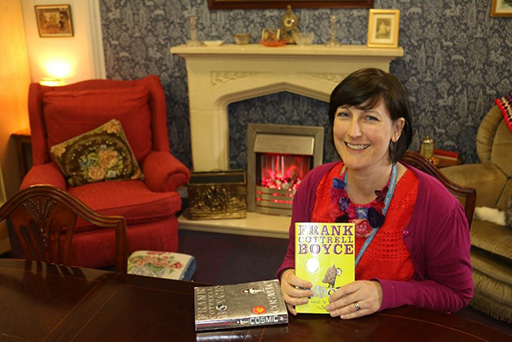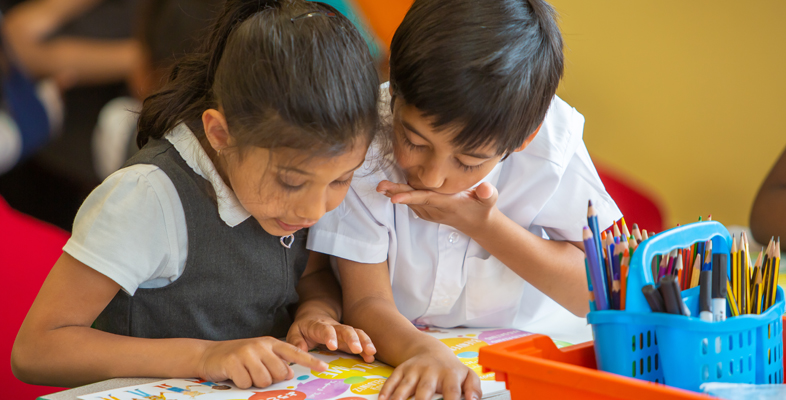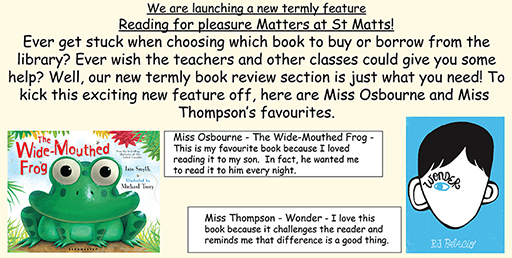9 Parents and wider community partners
Building and sustaining a school reading community that encompasses parents, carers, families and other members of the wider community, locally and nationally, takes time. It is enriched by strong staff knowledge of texts and readers, and a flexible RfP pedagogy.

Figure 3 is of Grandma’s Snug: a community reading space created by Clare McGreevy, staff, parents and children in a Rochdale school. Opened by the mayor, Grandma’s Snug has hosted numerous local reading events and also offers children a cosy space to read.
By broadening their reading network, schools can get involved in a range of initiatives to which parents and other adults are invited, both virtually and in person. Session 7 is dedicated to exploring parent partnerships around reading, and you will examine multiple ways to listen to, learn from and involve parents, carers and families that extend far beyond simply sending home a reading record for nightly sign off.
In this final section of Session 6 though, the focus is more on connecting to organisations that provide projects which seek to nurture a love of reading in the young. Seeking out opportunities to work with other schools, connecting to your local library and participating in multiple reading initiatives are all beneficial. Such initiatives, for example the English government endorsed Reading Together Day (2020), or their Summer of Reading initiative (2021), can help widen the scope and reach of the school’s reading community. They cannot, however, replace the local work needed to build a reciprocal and interactive reading community in each classroom and across the school.
In England, organisations and subject associations offer continuing professional development (CPD), reading resources and projects in which schools can get involved. Such organisations include for example: UKLA, National Literacy Trust, Book Trust, The Open University, The Reading Agency, the Reader Organisation, Read for Good, The Centre for Literacy in Primary Education, and Book Clubs in Schools. Schools can also connect to local initiatives, such as Morrisons’ Little Library in partnership with The Open University, as well as local businesses, secondary schools, churches and charities, which may sponsor books for the library, offer buddy readers or fund an author visit. Moreover, the creation of an annual reading newsletter (produced by staff and children) can showcase to supporters and members of the local community, the range of reading activities happening in school, whilst a termly newsletter (as in Figure 4) can offer simple book reviews to help keep the profile of reading high.
Celebrating reading locally can take many forms, and might include, for example, special reading assemblies, poetry performances, World Book Night Sleepovers, a school ‘booknic’ or even a mini-Hay Festival. Across the globe, organisations such as World Book Day (a UK-based charity) and the Children’s Book Council of Australia (CBCA), bring children and books together for a designated Book Week. During this time schools are encouraged to celebrate books and connect to children’s authors and illustrators. Multiple events are planned and resources are offered to highlight the importance of reading. Such large-scale events play an important role in bringing the pleasures of reading into the spotlight by amplifying the message and drawing in others from the wider community.
However, in schools with communities of engaged readers, every day is a book day! Two such UK schools are Sneinton Primary in Nottingham and Sayes Court Nursery and Primary school in Surrey. These are award-winning schools that have been recognised for the vibrancy of their reading communities in the Farshore (previously Egmont), Open University, United Kingdom Literacy Association Reading for Pleasure Award [Tip: hold Ctrl and click a link to open it in a new tab. (Hide tip)] . You will read about them in the next activity.
Activity _unit7.9.1 Activity 6 Building a reading community
Choose and read one of the two case studies listed below. As you read, reflect on how the school built its reading community.
Developing a Reading Community by Sayes Court Nursery and Primary School
Comment
Schools who work to develop a welcoming ethos and culture of reading, often initially seek to engage all the staff and children, before reaching out to parents and other members of the local community. For instance, in Sayes Court Nursery and Primary School, following the success of the children’s reading sleepovers and local library visits, parents were invited to make family reading rivers (as discussed in Session 2).
Both Sneinton Primary School and Sayes Court Nursery and Primary School found that home school reading records and inviting parents to regular reading assemblies was not enough. Their work instead looked to engage parents, local businesses and others after they had attended to building communities of conversation around reading and being a reader with the children.

